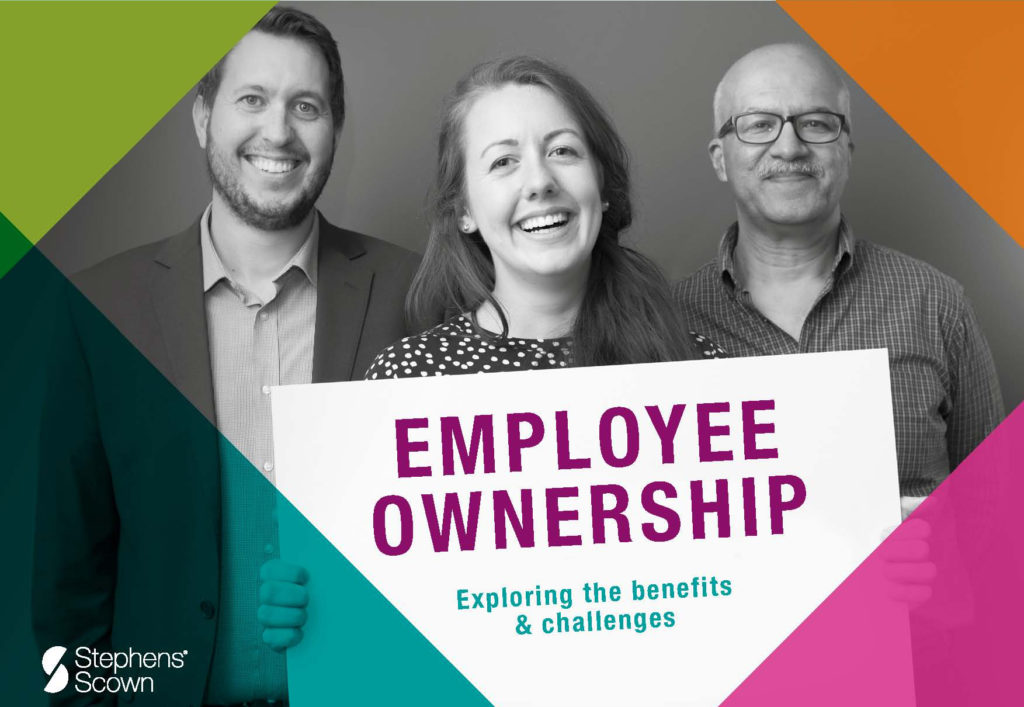
We are finding that HR personnel are being asked to investigate Employee Ownership (EO) for the businesses that they work for, as EO takes an ever more important role in business ownership, employee engagement and incentivisation.
The information below provides an initial overview about EO.
Why consider Employee Ownership?
In view of two-thirds of SMEs and family businesses in the UK being at risk of succession uncertainty, an independent panel of twenty leading business organisations has advised that EO is essential to the benefit of the economy. Entrepreneurs are also seeing the advantages that EO can bring for business growth.
The Ownership Dividend Enquiry on Employee Ownership (reporting June 2018) revealed that businesses that transition to EO experience significant performance improvements and greater resilience to turbulent economic weather. Surveys have confirmed a better perception of the company and greater likelihood for customers to engage with an EO business than a non-EO competitor
What is the structure of an EO business?
The majority of employee owned businesses operate as limited companies and the ownership is organised through either direct ownership of shares in the company or through a trust which holds shares on behalf of all employees.
Direct ownership of shares
Each employee holds a share or multiple shares in the company. Some companies allow for shares to be made available for purchase so that employees can increase their shareholding over time. They can also sell shares through an internal market of the shares. Every share has a right to a dividend, so how much profit share is received by each employee depends solely on their shareholding.
Direct ownership can be very effective in terms of giving a sense to the employee of having a stake in the company because of the rights attached to their share.
Indirect ownership through a trust
In this scenario all (or potentially some) of the shares in the company are held by a trust whose beneficiaries are all the employees of the company. The profits of the company are paid through a dividend to the trust which can then distribute the sums received in accordance with the terms of the trust document.
The trust document can allow for adjustment of the payments to individuals by reference to hours worked and creates more flexibility. Furthermore, an employee can become a beneficiary of the trust without need to acquire any actual shareholding and their rights under the trust can terminate easily should they leave the company.
Transition to Employee Ownership
There is no right or wrong time to consider EO. Many companies move to EO when the founders are looking to retire and see EO as a way of preserving the ethos of the business rather than selling. There are useful mechanisms for doing this and potential tax benefits.
Some businesses move to EO over time, with shares being transferred gradually, but even a small stake to the employees can reap positive benefits for the business.
Further Information
Please see our videos and detailed Guide to EO at https://www.stephens-scown.co.uk/employee-ownership/
